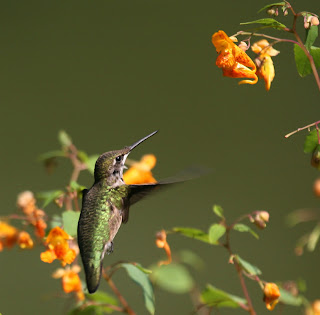Prairie Warblers today
Prairie Warbler -- Photo by LLOYD SPITALNIK - 2008
Mike Webster sent in the following report to eBirdsNYC this morning:
In about 100 minutes of birding this morning [9/22/12] in the Wildflower Garden and Loch produced highlights of 2 Prairie Warblers (one in ravine, one in wildflower garden), a Wilson's Warbler (wildflower garden), a Blue-headed Vireo, both nuthatches and a late Warbling Vireo, amongst others.
Mike Webster
Harlem
Full List:
Herring Gull 2
Rock Pigeon 1
Mourning Dove 6
Chimney Swift 3
Northern Flicker 5
Eastern Wood-Pewee 3
Blue-headed Vireo 1
Warbling Vireo 1 Bathing in the loch. No yellow, and "wide" eyed look
on the face
Red-eyed Vireo 6
Blue Jay 7
Red-breasted Nuthatch 1
White-breasted Nuthatch 1
House Wren 1
Veery 1
Swainson's Thrush 1
American Robin 30
Gray Catbird 5
Northern Mockingbird 2
European Starling 50
Cedar Waxwing 15
Ovenbird 1
Black-and-white Warbler 4
Common Yellowthroat 4
American Redstart 5
Northern Parula 4
Magnolia Warbler 2
Prairie Warbler 2 One bright male and one more drab fall bird
Black-throated Green Warbler 1
Wilson's Warbler 1 In Wildflower Garden
Chipping Sparrow 1
White-throated Sparrow 4
Scarlet Tanager 1
Northern Cardinal 5
Rose-breasted Grosbeak 1
Common Grackle 6
House Finch 6
American Goldfinch 7
House Sparrow 25














